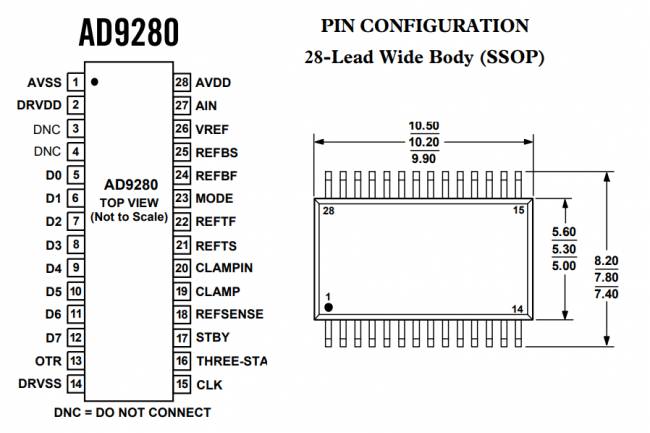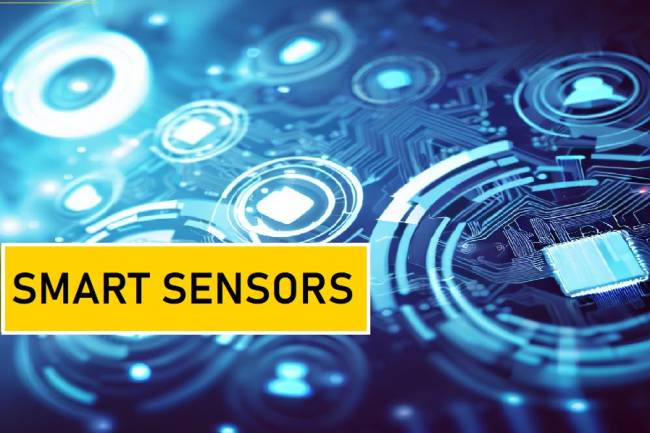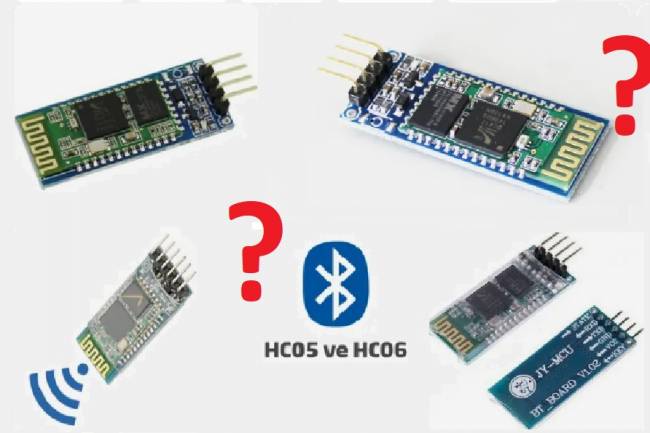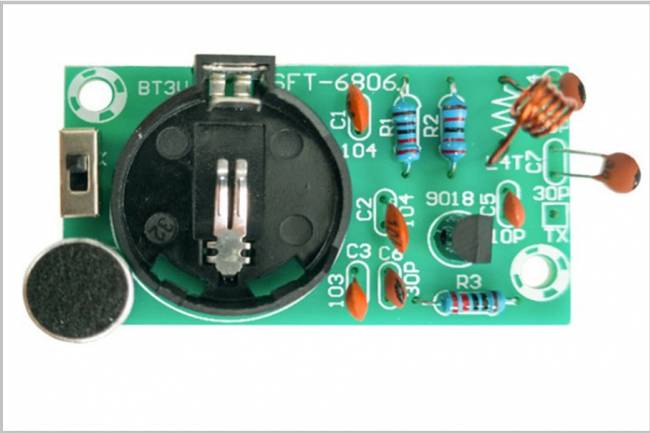
Wearable Technologies and Sensors (Sensor and Transducers)
Wearable technologies are electronic devices or accessories that users can wear or wear on them. These technologies provide information and data to users using various sensors and transducers. Sensors detect environmental or bodily variables and convert these variables into measurable or usable signals through transducers.
Sensors commonly used in wearable technologies include motion sensors, heart rate sensors, skin temperature and electrodermal activity sensors, GPS and location sensors, temperature sensors, and touch sensors.
Motion sensors are used to detect device movement, such as accelerometers and gyroscopes. These sensors are used to count steps, track activity and perform functions such as location detection. For example, accelerometers are known by codenames such as MMA8452Q, LIS3DH, and MPU-6050.
Heart rate sensors are used to measure heart rate. Optical heartbeat sensors and electrocardiography (ECG) sensors are used for health and fitness tracking. Codenamed MAX30102, PPG2 and BH1790GLC, these sensors have functions such as monitoring heart rate, evaluating exercise performance and determining stress level.
Skin temperature and electrodermal activity sensors are used to assess stress level, emotional responses and activity level. Thermistors and electrodermal activity sensors are used to measure skin temperature and electrodermal activity. For example, thermistors are known by code names such as NTC-MF52AT, NTCLE100E3, and TMP36.
GPS and location sensors are used to determine and track the user's location. GPS modules and location sensors play an important role in sports applications, navigation systems and ground-based services. Codenamed NEO-6M, UBlox MAX-M8, and Quectel L76, these sensors are known for their positioning capabilities.
Heat sensors are used to detect temperature changes through wearable thermal cameras or thermometers. It has functions such as measuring body temperature or monitoring environmental temperature changes. For example, thermometers are known by code names such as TMP102, DS18B20, and LM35.
Touch sensors are used for touch controls in wearable devices. Capacitive or pressure sensors provide control of the device by detecting the user's touch inputs. Codenamed MPR121, CAP1188 and TTP223, these sensors provide their touch functionality.
These sensors, which are used in wearable technologies, offer the possibility of use in health, sports, security and other fields. However, each sensor may have different manufacturer or model names. That's why it's important to check the respective manufacturer's documentation for more detailed information about a particular product or model.
With the development of wearable technologies, the use of more advanced and diverse sensors is expected to increase. Sensors are key components that enhance the functionality and user experience of wearable technologies, and more innovative and impressive solutions are expected in the coming years.




























